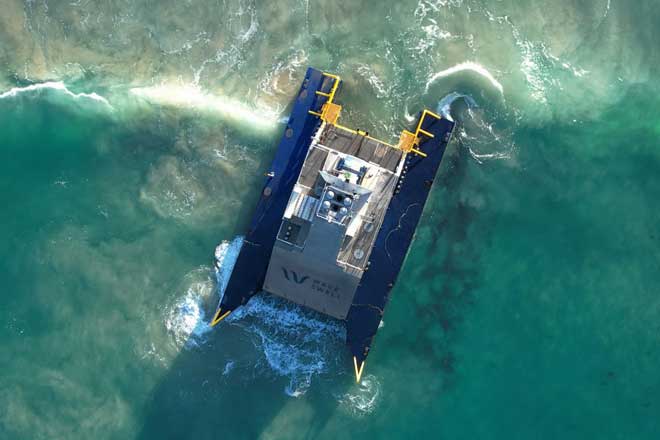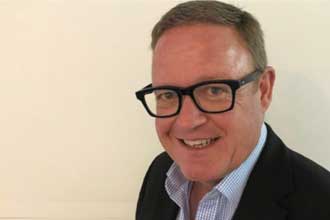Wave power pilot taps ocean forces
A wave energy company is gearing up to commercialise its tech following a successful pilot in Tasmania.

A wave energy company is gearing up to commercialise its tech following a successful pilot in Tasmania.
Renewable energy from waves promises a more consistent energy supply than other renewable sources such as wind and solar but has proven trickier to harness due to the extreme forces of the ocean.
Ocean waves have, however, been successfully powering homes for over a year, and the company behind the pilot project now plans to commercialise its technology on the back of the success.
To provide greater resilience than many other early-stage wave power prototypes, the Uniwave200 wave energy converter from Wave Swell Energy (WSE) sits on the seabed about 100 metres from shore, and unlike other designs, has no moving parts below the water line.
WSE designed the unit to harness energy from waves as they are funnelled through its centre, mimicking the action of coastal blowholes.
The 200kW prototype has been used successfully off the King Island coast in Bass Strait since January last year to supply Tasmania’s grid with wave power alongside wind, and solar energy. Over this time, Uniwave’s output and resilience has been monitored as it weathers real-world forces.
"We've been very focused on this trial and proving the capabilities of the technology we deployed …and now 12 months later we've achieved what we set out to do."

Talking to ABC News, WSE’s recently appointed CEO Paul Geason described the project as a huge success. Under the right wave conditions the UniWave200 can make enough energy for 200 homes, he said.
“We’ve been very focused on this trial and proving the capabilities of the technology we deployed …and now 12 months later we’ve achieved what we set out to do.”
Geason said the conversion rates achieved were high – 48 per cent on average – a rate that was higher than other renewable energy technologies.
The next stage, he said, is to commercialise the technology in the hope it becomes part of the global mix of renewable energies, with WSE open to working with interested companies to fund future units.
“In terms of the commercial scale-up … it will most likely be a bigger unit, and also have a bigger engine, so at least five times bigger,” Geason told ABC News.
“So for us, it means finding those parties and we will work with them, bringing our knowledge and know-how to help them.”
The tech
The Uniwave has an oscillating water column (OWC) which forms an artificial blowhole where the water can rise and fall. Traditional OWCs have been bidirectional, but Uniwave operates unidirectionally which increases its resilience to the elements while enhancing energy conversion efficiency. Also reducing the maintenance requirements of the unit are the turbine and bespoke valves – the only moving parts in the unit that sit well clear of the water line. The technology may also be deployed in future as coastal protection from erosion by placing units side by side to form a breakwater while they generate electricity.
Who funds it
The Uniwave unit was developed by Wave Swell Energy (WSE), an unlisted Australian public company and was funded via equity crowdfunding.
Is it ready to roll
With its Tasmanian pilot project deemed a success, the Uniwave technology will be commercialised with the company now seeking funding partners and projects.





